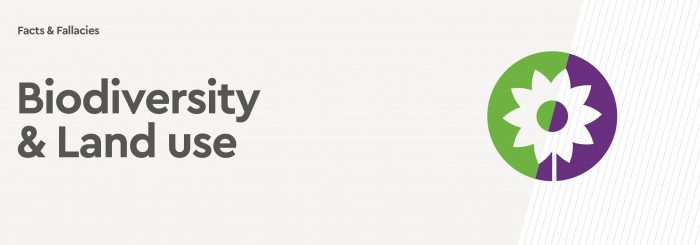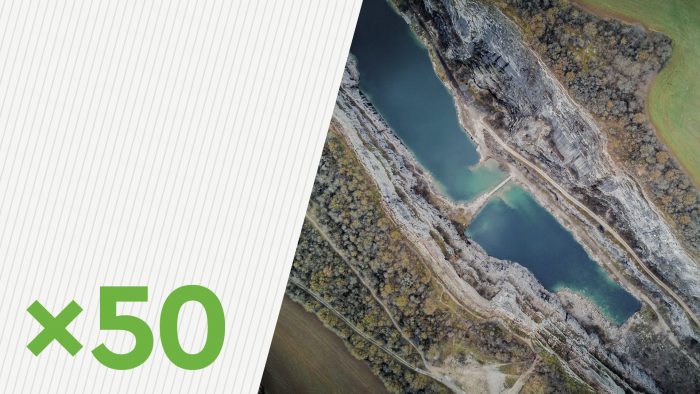

Forest plantations support biodiversity

Monoculture forest plantations do not support biodiversity. The Forestry Stewardship Scheme does include aspects pertaining to biodiversity, but critics claim that plantations should not even be considered as forests because of the severe limitations they pose with respect to biodiversity (Global Forest Coalition 2017).
In a “More of Everything” film, researchers state that commercial forests do not have the same high species diversity as productive natural forests and that cutting trees also kills what is in the soil such as fungi and mycelia (More of Everything 2020).

Deforestation is a leading cause of rising CO2
Trees are the ‘lungs of the planet’. They absorb atmospheric CO2 and play a critical role in the fight against climate change. Trees, and the biodiversity that they support, are under threat from deforestation. Deforestation and forest degradation account for approximately 17% of carbon emissions –more than the entire global transportation sector and equivalent to all those produced by the European Union (UN Programme on Reducing Emissions from Deforestation and Forest Degredation+ 2020).
An area the size of 40 football fields is lost across the world every minute, with logging responsible for 14% of this deforestation. Over 15.8 million hectares (39 million acres) of tree cover – an area the size of Bangladesh – was lost in the tropics in 2017 (Global Forest Watch 2017). The cement and concrete industry has a longstanding commitment to improving and enhancing biodiversity in the areas that it operates. Our members are aiming for net positive impact on the land they use (See https://gccassociation.org/biodiversity/).

Land use for concrete production is significantly lower

The land area for the forestry is more than 50 times greater than the land area required for the quarry for a concrete
With climate and biodiversity challenges as well as the needs of growing populations and demand for food, there is significant pressure on land use. How we use land to support the construction of our built environment, provide public amenity and support biodiversity is crucial. It is important to know what the land take is for different construction options.
One example is a comparison that considers the two common forms of building low rise housing: wall construction from either concrete masonry or from sawn timber “stud” wall construction. One comparison found that the land area for the forestry is more than 50 times greater than the land area required for the quarry for a concrete equivalent building.
Even if timber was the right answer it is difficult to argue that there would be the land available for forestry, particularly with the biodiversity challenge. Cross-laminated timber construction uses even more timber than sawn timber “stud” wall or “stick-frame” and hence the multiplier is likely to be significantly in excess of 50.